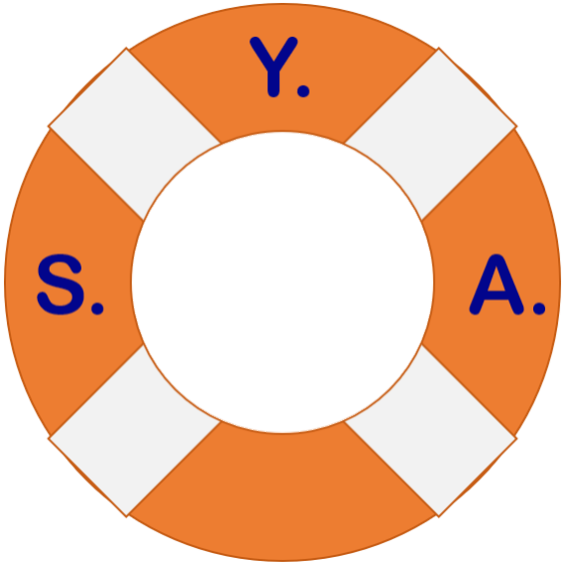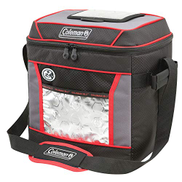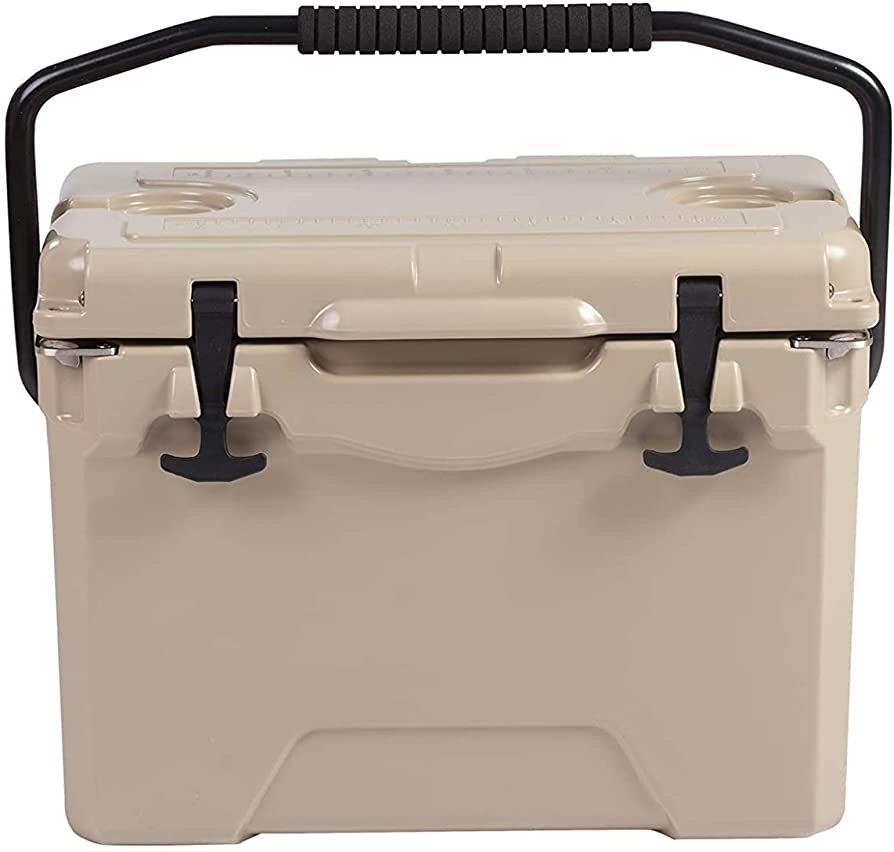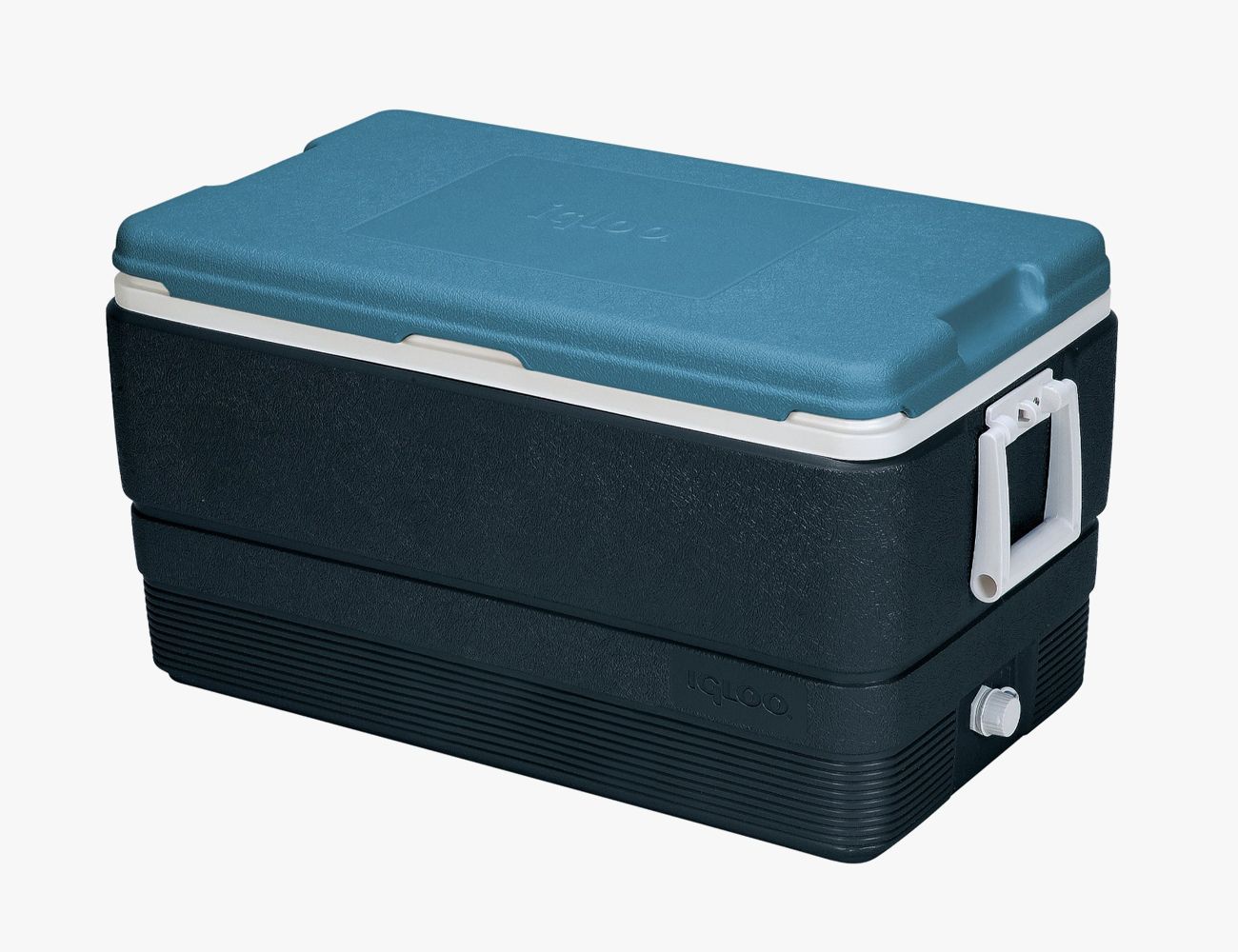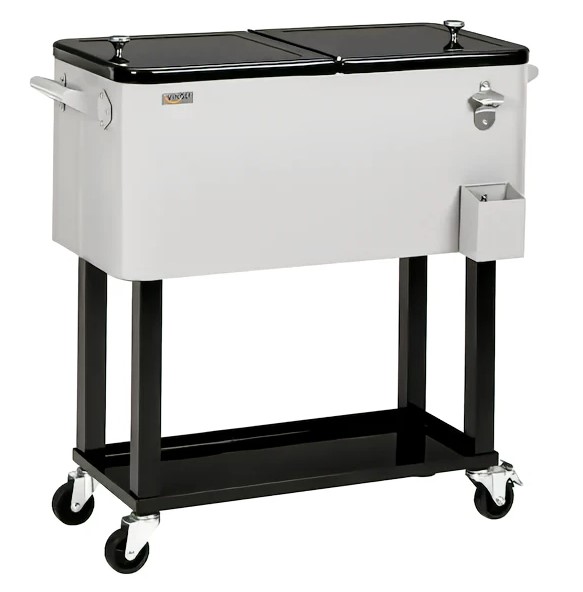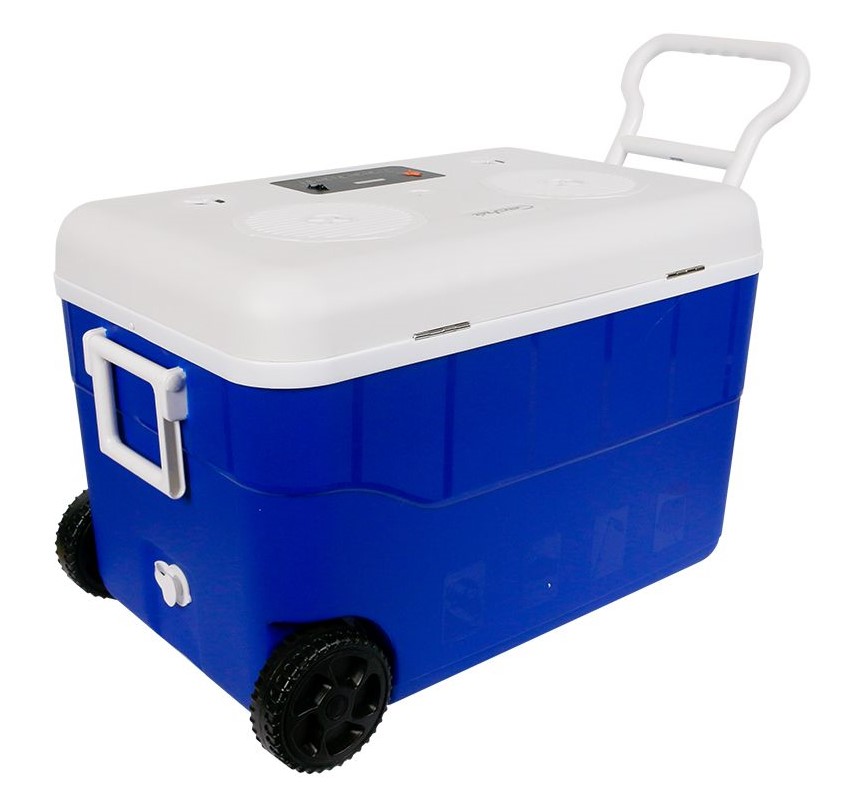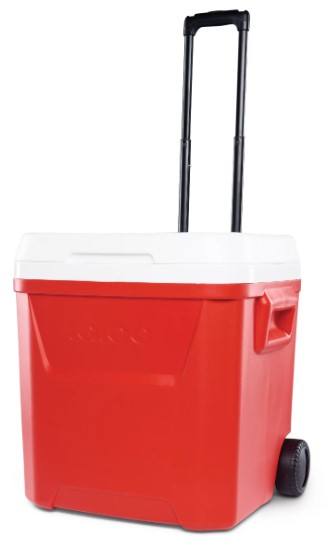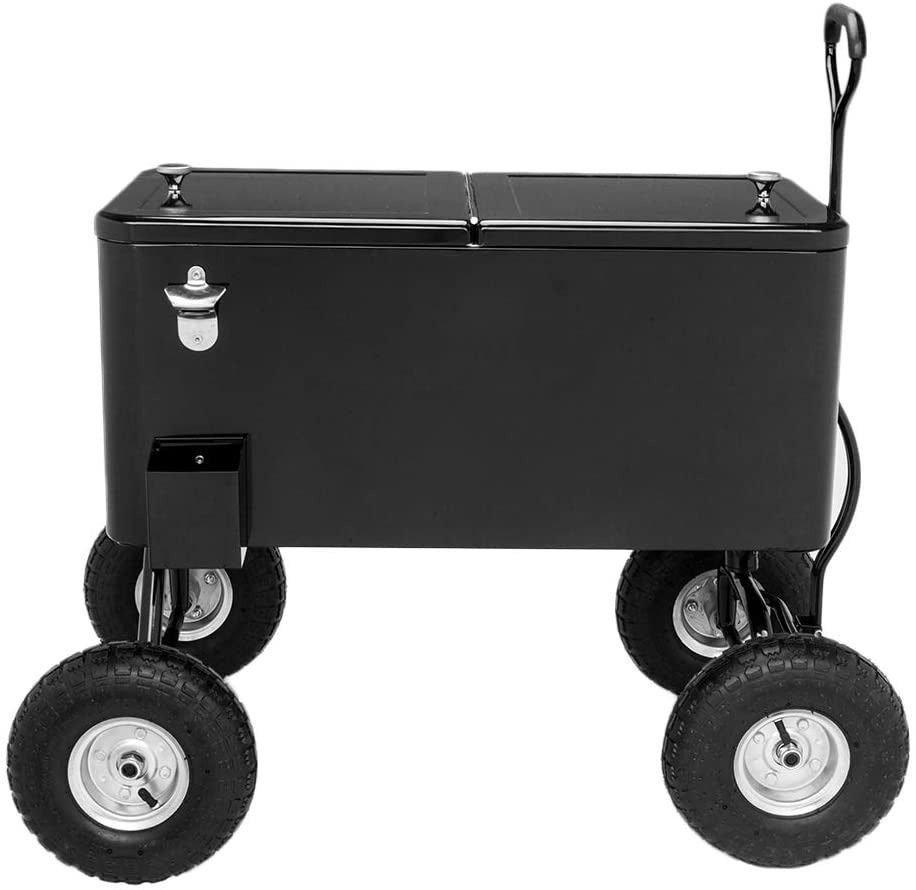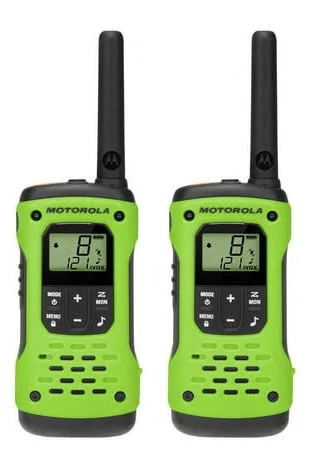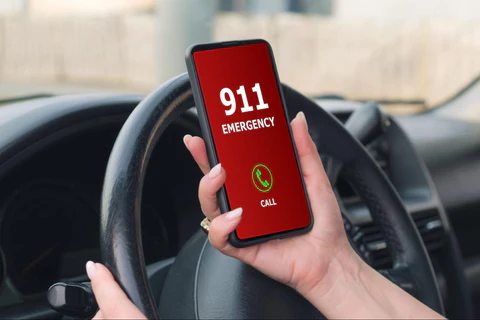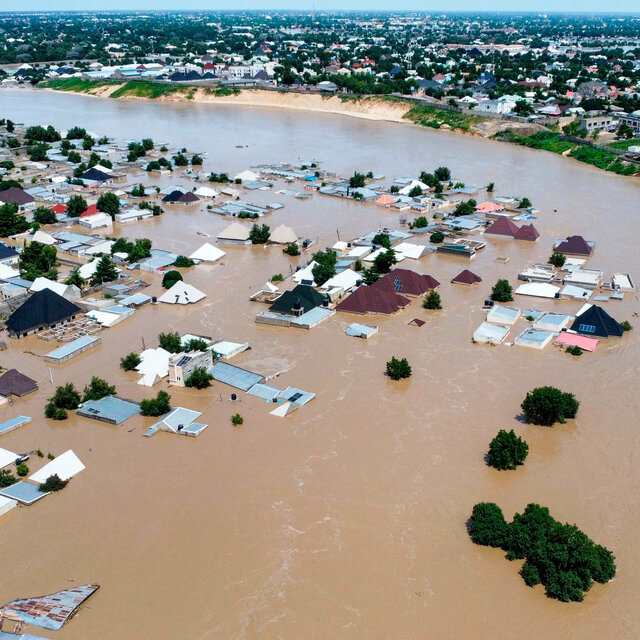Coolers and Memorial Day are synonymous with the official beginning of the summer season. Make sure you know how to keep your food cold while enjoying the outdoors this summer.
What kind of cooler you ask? There are dozens of brands in every size and shape you can imagine. Many are now designed with specific activities in mind like the beach, camping, backyard BBQ, out on a boat, etc.
What is best for me?
To choose the best cooler for your needs consider the following:
- Type of Activity: What activity will it be primarily used for? How rugged does it need to be?
- Length of Use: How long will it be used? An afternoon, all day, a weekend, a whole week?
- Capacity: How much does it need to hold? How many people will be using it?
- Space/Weight: How much space do I have to haul the cooler. How much weight can I carry/pull?
- Price: How much can I afford?
- Hard or Soft sided: Do I need a rigid box or a somewhat flexible bag?
- Insulation technology: Bag, Traditional, Rotomolded, Injection Molded or Electric? Based on your other answers you should be able to make a determination as to which technology will work best for you and your budget.
- Bear Resistance: Do you need to use this cooler in areas where there are bears? You might want to consider a bear resistant certified cooler.
- Color: Personal preference, go crazy! (for the most part)
To help you answer those questions, let us look at these in more detail to help you decide.
Activities
The first question you need to answer is what activity/activities do I need the cooler for?
- Is it going to be sitting in the hot sand on a beach all day?
- Just having a backyard BBQ, Birthday/Graduation Party or get-together with friends/family?
- Maybe you are going on a road-trip?
- Do you hike or camp or boondock?
- Will you be in bear country?
Length of Use
Once you have identified the activities that you will need the cooler for, the next thing is how long it will be used? An afternoon? one-day? the whole weekend? or a full week or more? This will help you with the next question; capacity.
Cooler Capacities
Finding a cooler that’s exactly the right size for you doesn’t have to be difficult. That’s why manufacturers offer a wide variety of cooler sizes and styles, to make it easier to get what you need.
From mini lunch coolers to massive coolers built for long weekends, read through to find out exactly what works for you. Use this guide to determine what will be best for your next adventure or hangout.
Mini / Personal (Up to 14 quarts)
Mini personal coolers are great for keeping your lunch fresh, bringing along some snacks for a hike, or packing goodies for a small picnic. These come in both soft-sided and hard-sided options.
Small (15-34 quarts)
The small size coolers make a reliable option for a backyard get together, one-night camping trip, or a day at the beach. Small coolers also come in soft-sided and hard-sided options.
Medium (35-64 quarts)
Medium-sized coolers are a great choice for your favorite hobbies. Fill a medium cooler with drinks for a party or bring it along on your next weekend outdoor adventure.
Large (65-100 quarts)
Large coolers help get the party started. Whether you’re packing the whole family in the car for a long week of camping or setting up the backyard for a house party, a large cooler has the capacity to keep everything you need cold.
Extra-Large (100-350 quarts)
If you’re looking for something much roomier than a standard cooler size, look into an extra-large cooler — larger than 100 Qt. These make a great choice for longer getaways and bigger outdoor gatherings. Some marine coolers are this big to accommodate large fish for preservation until getting back to shore.
Space / Weight
Don’t forget to consider how much a cooler will weigh when filled. Will it be stationary for your activity, or will you need to move it around? If you are going to be travelling with it, how much space do you have in your vehicle in addition to the rest of the people and belongings you will be carrying? Can you carry it or do you need help or wheels?
Insulation Technology
The insulation your cooler has depends on the manufacturing process and directly impacts how well it insulates your food to keep it cold as well as the cost of the cooler.
- Styrofoam (Traditional Hard-sided coolers)
- Polyurethane Foam (Rotomolded / Injection Molded coolers)
- Polyethylene Foam (Soft-sided coolers)
To get a more complete understanding of each of these insulation technologies, check out this article: Cooler Insulation Types and the Science Behind What Keeps Coolers Chilled
Cooler Types & Cost
There are 4 main types of coolers these days and each uses a different insulation technology to keep food cold:
- Soft-sided coolers (Polyethylene)
- Traditional hard-sided coolers (Styrofoam)
- Rotomolded or Injection Molded heavy-duty coolers (Polyurethane)
- Electric coolers (compressor w/coolant)
Below are some of the more popular brands on the market. The links will take you to their relevant page for the cooler type listed.
This list is not exhaustive, and you may find other brands that have a cooler to meet your needs at a price-point that better fits your budget. These are listed alphabetically by brand. Click the heading for each type you want to explore.
Coolers by type
Disclaimer:
Save Yourself Academy makes no endorsements or recommendations to any particular brand or product at this time. Links to manufacturer’s sites are purely to provide you options to consider when deciding on what cooler size, type and technology you need. It is your responsibility to do your research and due diligence when purchasing a product. SYA accepts no responsibility for any consequences of your decisions.
Is Your Cooler Certified Bear Resistant?
For those looking for outdoor adventures in bear country (remote or not) you need to be concerned about bears. Is your cooler IGBC certified as being bear resistant? IGBC is the Interagency Grizzly Bear Committee that ensures that any bears that come across your cooler is protected against items that could harm or kill them.
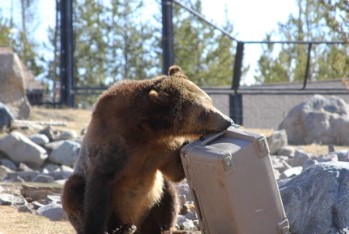
Canyon, Grizzly, Rtic, and Yeti hard-sided coolers are all IGBC certified if locked with a padlock. Unlocked coolers are not resistant since bears can easily figure out how to open the latches.
To see what other products are certified click here. NOTE: Bear resistant does not mean bear proof.
Color
At the beginning of the article I indicated that color was personal preference and that you can go crazy and get what you want. For the most part this is true, however, you should take color into consideration for some activities.
For example: a cooler sitting in the hot sand and sun on a beach all day it going to perform better if it is white or a lighter color. Darker colors absorb more heat and will heat the cooler up more quickly than a white or lighter color cooler.
It is for this reason that many coolers have white lids that can minimize heat gain if sitting in direct sunlight for extended periods of time.
If your cooler will be in a tent, under a tarp or shaded from direct sunlight the color is less of a factor in terms of heat gain and the performance of the cooler is more directly related to the insulation technology used in the cooler.
Conclusion
And there you have it. Your ultimate guide to help you find the best cooler for your outdoor needs. Let me know in the comments below what brand and type of cooler you use.
Last Updated on March 28, 2023
